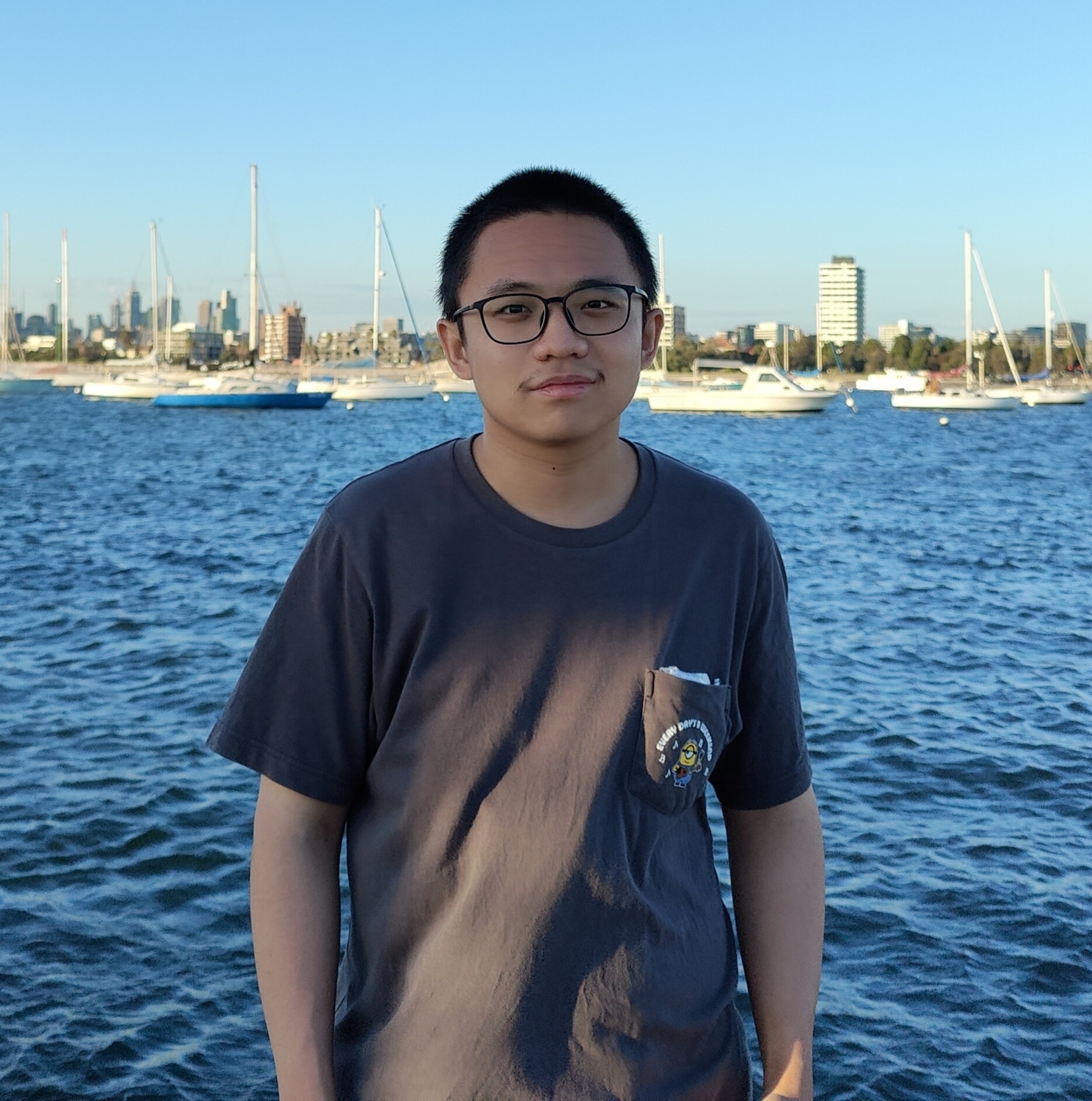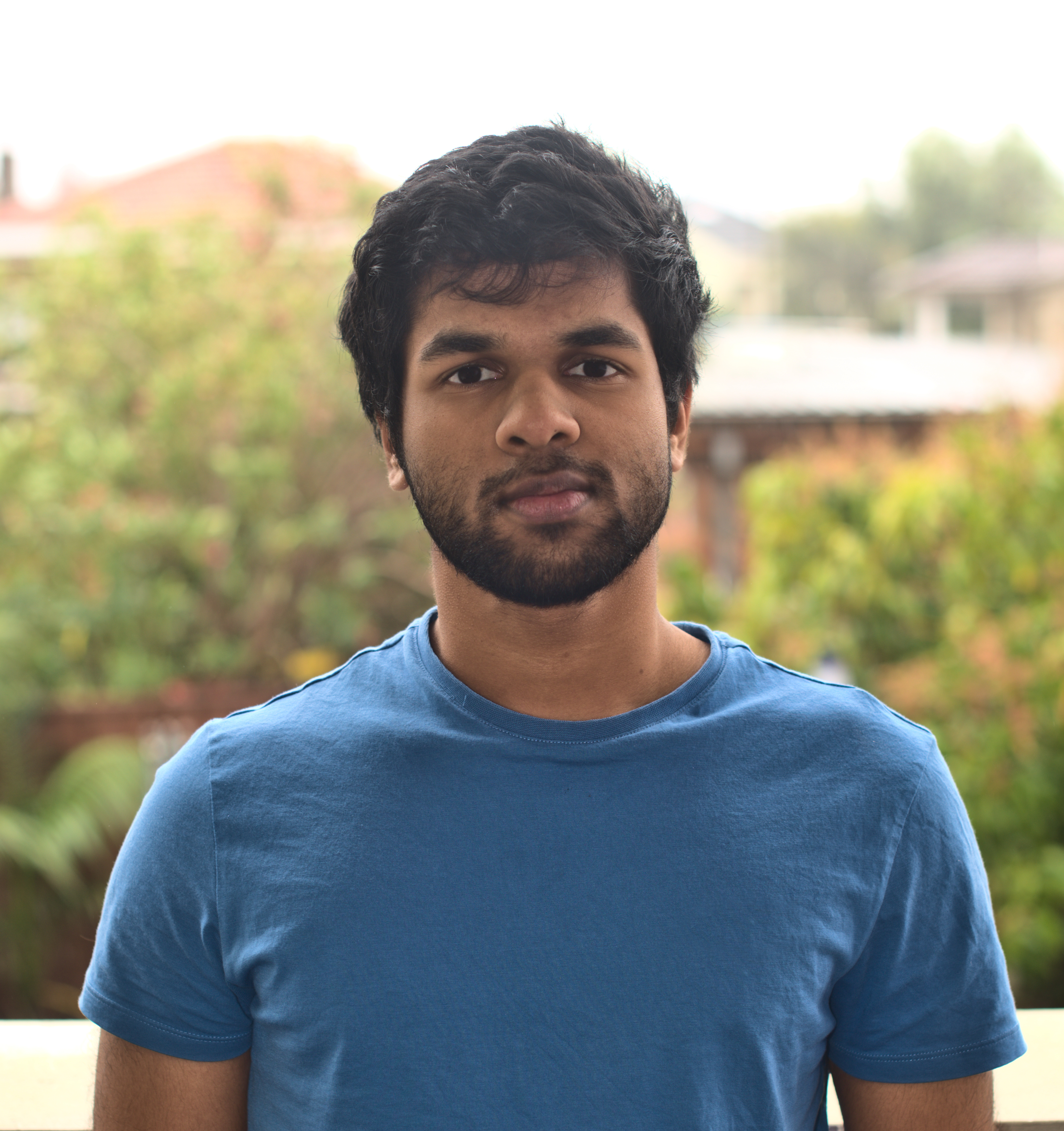Cecilia Andersson
Deconvolving the Rocking Curve: Non-Parametric Wavelet Approaches to Phase-Contrast Imaging
High contrast X-ray images can be produced from phase-contrast imaging, a technique well suited in biological and medical applications. Analyser-based phase-contrast imaging utilises an analyser crystal with a reflectivity characteristic known as rocking curve. By using the rocking curve, it is possible to convert X-ray phase variations into image intensity variations and hence obtain absorption, phase, and scattering images. The Pearson VII distribution function is known to be a strong fit to experimental rocking curve data but has the limitation that it lacks robustness when fitting in the presence of scattering signal noise. Deconvolution is used to separate the scattering component from the analyser rocking curve, and hence improve the accuracy and contrast of the images produced. The objective of this project is to develop and analyse wavelet deconvolution techniques suitable for rocking curve datasets, and to compare the results obtained to contemporary approaches, including Wiener deconvolution.

Cecilia Andersson
Flinders University
Cecilia Andersson is a second-year undergraduate student at Flinders University, completing a Bachelor of Science in the Enhanced Program for High Achievers. Studying a combination of mathematics, statistics and physics, she has developed a keen interest in the real-world applications of these areas, particularly in the medical field. In the future, Cecilia is aiming to complete an honours degree, followed by a PhD.




